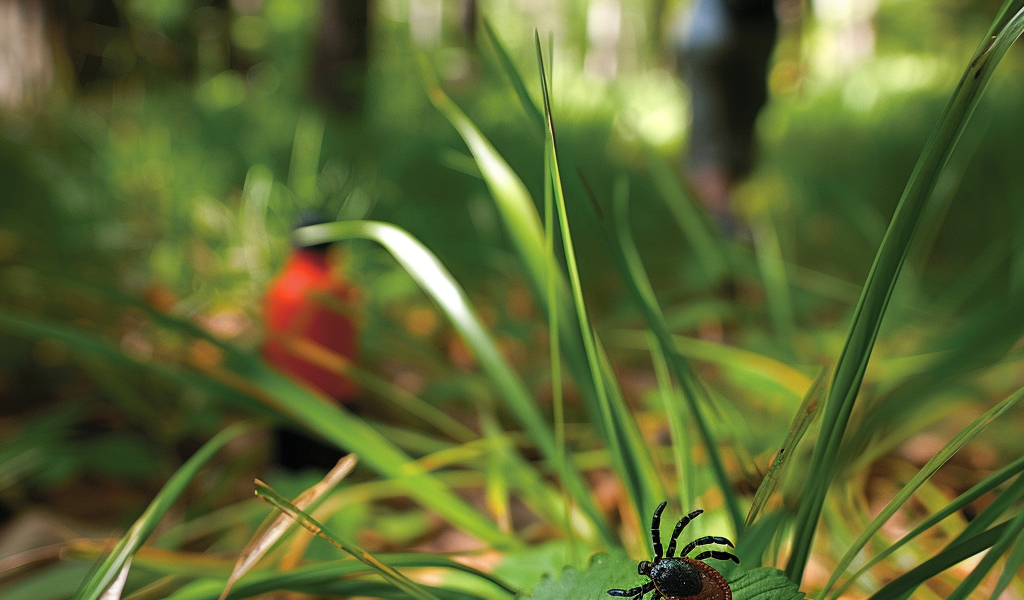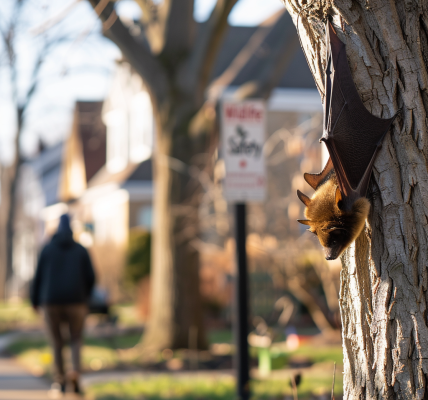The Northeast has reported its first human case of a tick-borne disease, raising alarms among health officials and residents alike. This unprecedented case, identified in Connecticut, involves Rickettsia parkeri rickettsiosis, a type of spotted fever that is transmitted through bites from infected ticks and mites.
According to the Centers for Disease Control and Prevention (CDC), Rickettsia parkeri rickettsiosis shares similarities with Rocky Mountain spotted fever, yet it presents with milder symptoms. Individuals infected with this disease may experience headaches, fever, rashes, and muscle aches. This particular disease has historically been more prevalent in Southern states, especially Florida, but its range has been expanding steadily up the East Coast over the past 80 years, as indicated by the Connecticut Agricultural Experiment Station (CAES).
Dr. Goudarz Molaei, director of CAES’ Passive Tick and Tick-Borne Disease Surveillance Program, noted that the spread of Rickettsia parkeri rickettsiosis can be attributed to various factors, including rising global temperatures, increased travel, and technological advancements. He emphasized that climate change is expected to continue influencing the distribution and abundance of several tick species, thus elevating their status as emerging threats to humans, domestic animals, and wildlife.
The Gulf Coast tick, scientifically known as Amblyomma maculatum, is the primary vector for Rickettsia parkeri rickettsiosis. This tick species first established a presence in Fairfield County, Connecticut, in 2021. Alarmingly, approximately 30% of Gulf Coast ticks are believed to carry the disease. Following their initial appearance in Connecticut, these ticks have expanded into parts of New York and New Jersey, where infection rates have been recorded to be even higher in 2022 and 2024. However, it wasn’t until now that human cases have emerged.
Connecticut has a history of tick-borne diseases, with Lyme disease being the most well-known. Lyme disease was first identified in the town of Lyme, Connecticut, in 1975, highlighting the region’s ongoing struggle with tick-related health issues.
In light of this recent development, health officials are urging residents to be vigilant and take preventive measures when spending time in wooded or grassy areas. Recommended strategies include using Environmental Protection Agency (EPA)-approved repellents and minimizing skin exposure to reduce the risk of tick bites. Residents are also encouraged to perform thorough tick checks after outdoor activities to identify any potential infestations early.
As the climate continues to change, the potential for tick-borne diseases to spread further north remains a pressing concern. The combination of warmer temperatures and the adaptability of tick species may lead to increased occurrences of diseases that were once limited to southern regions.
Public health officials are closely monitoring the situation and are prepared to implement further measures to protect the community from the risks posed by emerging tick-borne diseases. Awareness and education about the symptoms and prevention of Rickettsia parkeri rickettsiosis will be crucial in mitigating its impact.
As the situation develops, residents are encouraged to stay informed and follow guidelines from health authorities to ensure their safety and well-being amid the growing threat of tick-borne diseases in the Northeast.





